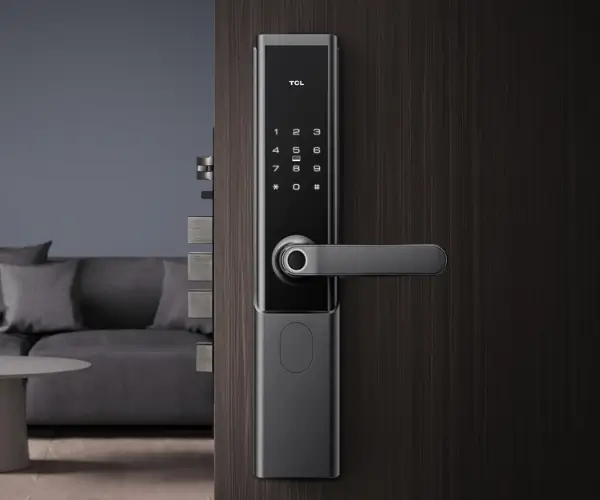The “Why” Behind the Spin A 360 servo motor isn’t just about rotation—it’s about controlled rotation. Imagine a robotic arm that needs to pour coffee without spilling or a camera rig that smoothly tracks a moving subject. Precision matters. One user put it bluntly: “I’ve burned through three motors this month. The fourth one? It’s still going.” What changed? They switched to a servo designed for continuous rotation without sacrificing torque.
Here’s the kicker: A lot of motors claim “high torque” but falter under real-world loads. One tester noted, “I hooked it up to a solar tracker prototype. Even on cloudy days, it adjusted panels without jerking. That’s reliability.”
Q&A Detour (Because You’re Probably Wondering…) “Will it overheat like my last one?” Depends. Cheaper models often skip thermal protection. One tear-down video showed a KPOWER motor with built-in heat dissipation grooves—no external cooling needed during a 12-hour stress test.
“What about compatibility?” Plug-and-play sounds nice, but reality’s messier. One DIYer praised a servo that worked with both Arduino and Raspberry Pi out of the box: “No extra drivers, no coding headaches. Just… worked.”
“Is ‘affordable’ code for ‘cheap’?” Not always. A lab technician compared specs side-by-side: stainless steel gears, water-resistant casing, and a warranty that actually covers “accidental drops.” Their verdict? “It’s like getting a sports car for the price of a sedan.”
The Unsexy Stuff (That Actually Matters) Let’s get nerdy for a second. A 360-degree servo’s encoder resolution determines how finely it can adjust position. One model boasted 0.1-degree precision—critical for tasks like 3D printing or CNC machines. Another hidden perk? Noise reduction. One pet project builder laughed, “My cat used to attack my old motor. This one’s so quiet, she just… ignores it.”
Durability tests revealed surprises. After submerging a servo in dust (a mix of flour and sand, because why not?), it kept spinning. No grinding, no error codes. Boring? Maybe. Impressive? Absolutely.
Wrap-Up: Beyond the Hype It’s easy to get lost in specs and marketing jargon. But when a motor consistently shows up in reviews for industrial repairs and weekend hobby projects, there’s something there. As one user summed up: “I didn’t expect a servo to be the star of my workshop. But here we are.”
Still skeptical? Scroll through those Amazon reviews again. Look for the ones with photos of grease-stained hands and captions like “Year two, still going.” Sometimes, the proof isn’t in the manual—it’s in the miles.





































